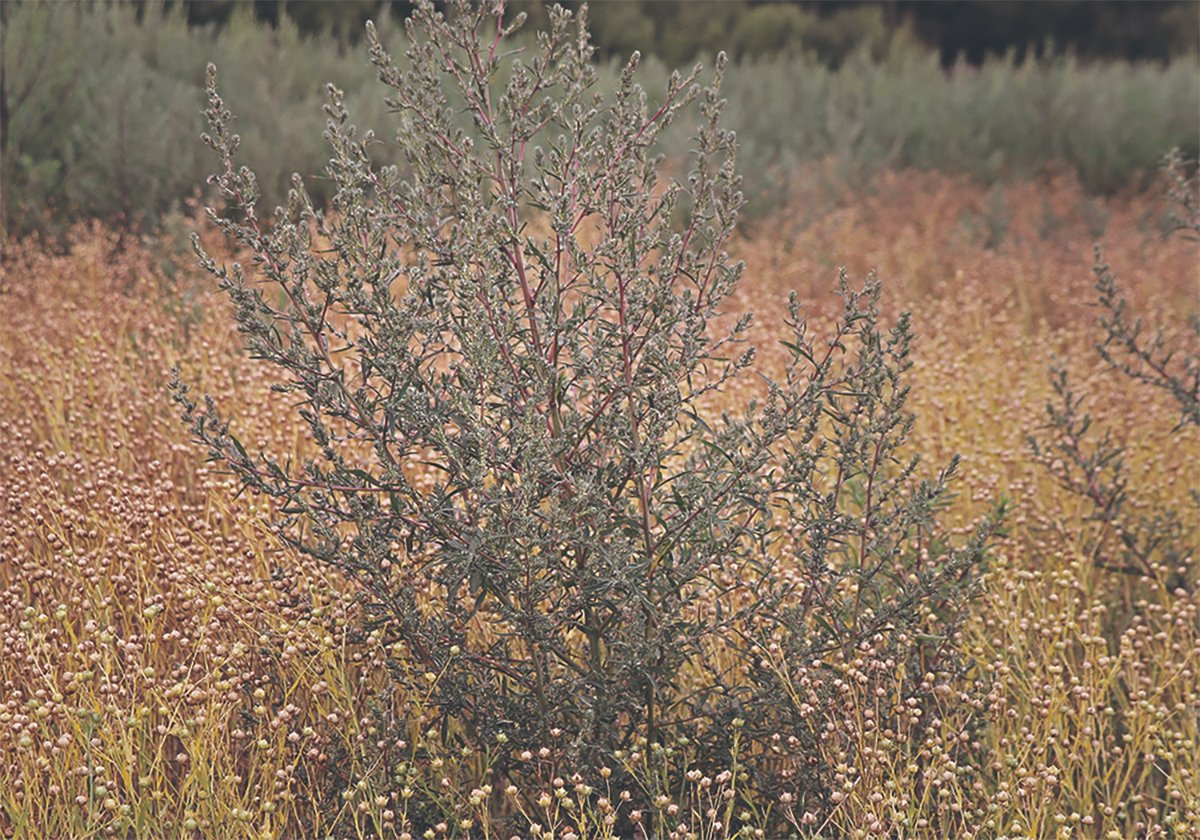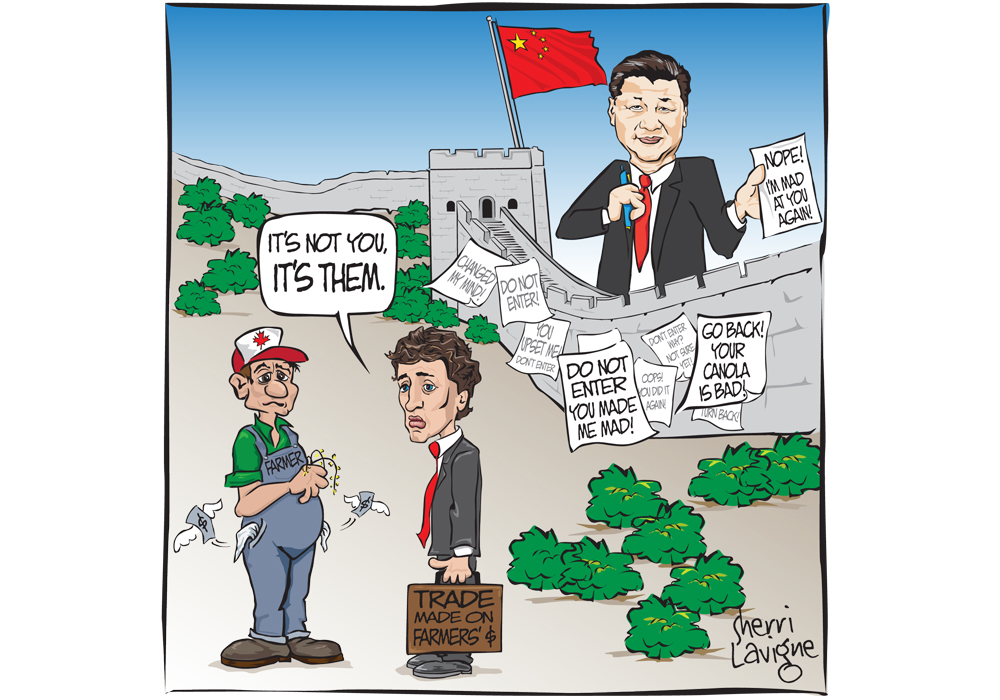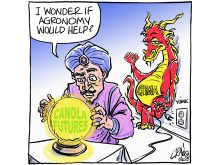Canada’s quest to double agricultural trade with China, which both countries agreed to in November, is effectively handing China an economic bludgeon to wield as it sees fit.
It is a dilemma for Canada. Increasing trade with China is vital if agricultural exports — seen as a foundation of Canada’s export growth — are to blossom.
China has removed Richardson International’s registration to ship canola to China, citing problems with pests. The Canadian Food Inspection Agency inspects canola exports, and has not reported the problems found in China.
Read Also

Kochia has become a significant problem for Prairie farmers
As you travel through southern Saskatchewan and Alberta, particularly in areas challenged by dry growing conditions, the magnitude of the kochia problem is easy to see.
Canola is Canada’s largest and most profitable crop, and China knows it. Forty percent of Canadian canola is exported to China. Richardson is Canada’s largest grain company. One would have to be charitable to the level of Andrew Carnegie not to believe China’s actions are retribution for Canada’s detention of Huawei executive Meng Wanzhou for extradition at the request of the United States.
Since Meng’s detention, China has arrested two Canadians and accused them of spying and overturned one Canadian’s 15-year jail term, sentencing him to death.
China has used trade as a weapon in the past. In 2016, it reduced the acceptable level of dockage in canola, ostensibly due to blackleg concerns, but observers said it was more likely to reduce China’s own stockpile.
In 2010, China suspended trade talks with Norway and restricted imports of Norwegian salmon after the Nobel Peace Prize was awarded to political prisoner Liu Xiaobo.
Recently, China has reportedly delayed customs clearance of Australian coal, in suspected retaliation for Australia’s decision to reject Huawei for its 5G telecommunications projects. (Canada has yet to make a decision on Huawei, but Prime Minister Justin Trudeau sent a message to Beijing in January when he announced $40 million for Finnish firm Nokia to develop its 5G .)
As well, China all but stopped soybean purchases from the U.S. during their trade dispute, going so far as to consider feeding pigs a lower protein diet. (Although the U.S. started that dispute.)
So there you have it. China needs to trade, but with growth in trade, China can turn on its partners at its convenience.
Foreign Affairs Minister Chrystia Freeland says the canola issue is of “utmost importance” to Canada at the moment.
Indeed, Canada previously communicated to China that canola exports — valued at $3.6 billion in seeds, oil and meal, representing about half of Canada’s agricultural exports to China — are a “crucial element of the bilateral commercial relationship.”
Chinese officials might well have thought, “we’ll keep that in mind.”
Politicians and agriculture industry officials are going to great lengths to avoid expressing pointed accusations about China’s behaviour so as not to disrupt diplomatic efforts, but if Canada is going to encourage farmers to increase trade with China, safety mechanisms are needed. For example, the U.S. has set aside $12 billion in compensation for soybean and corn farmers to help them during their trade dispute.
As Canada’s trade with China increases, are we destined to lurch from crisis to crisis every time Chinese officials decide to use Canadian exports as an economic weapon? Canada ships $600 million in pork products annually to China. Will that be next?
Farmers cannot be expected to carry the financial burden of trade penalties arising from political disputes.
This should be a burden that all Canadians help shoulder. Better yet, the federal government can send China a signal — as the U.S. did — that it will financially backstop farmers in such cases, so that kind of pressure won’t work.
Karen Briere, Bruce Dyck, Barb Glen, Brian MacLeod and Michael Raine collaborate in the writing of Western Producer editorials.

















